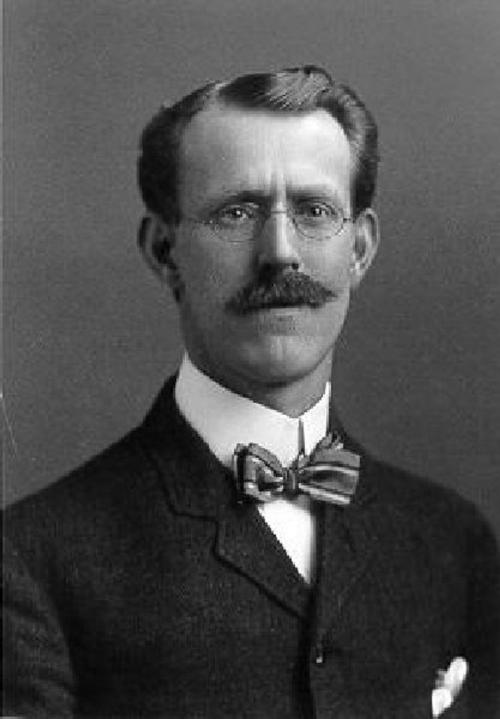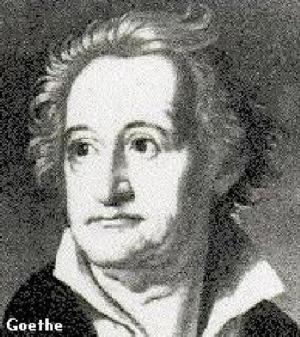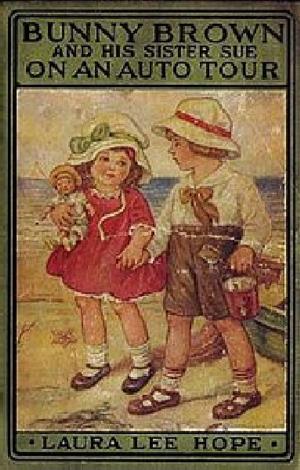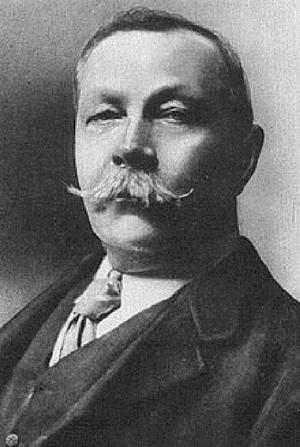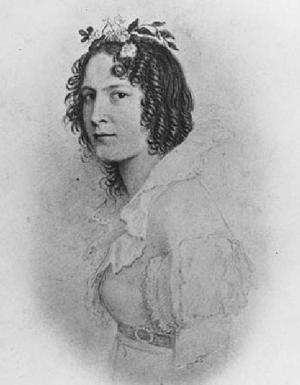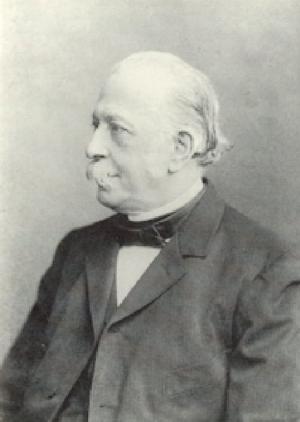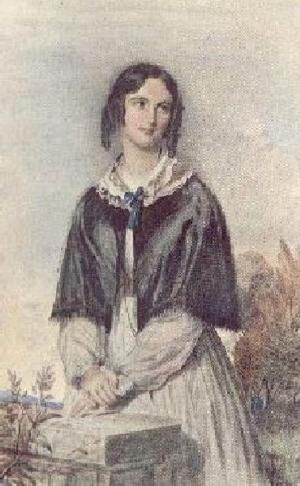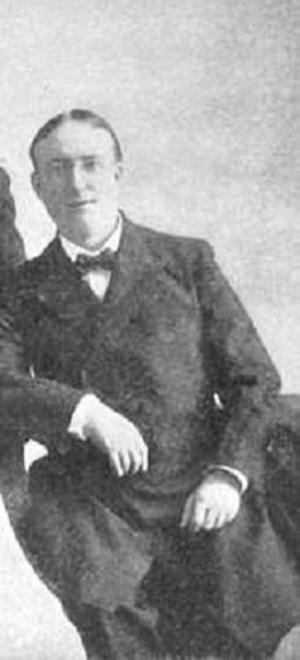The Rover Boys in the Air or From College Campus to the Clouds
Kids, Fiction, Classics, Teen, General Fiction| Author: | Stratemeyer, Edward | ISBN: | 9781455314010 |
| Publisher: | B&R Samizdat Express | Publication: | June 10, 2015 |
| Imprint: | Quench Editions | Language: | English |
| Author: | Stratemeyer, Edward |
| ISBN: | 9781455314010 |
| Publisher: | B&R Samizdat Express |
| Publication: | June 10, 2015 |
| Imprint: | Quench Editions |
| Language: | English |
According to Wikipedia: "Edward Stratemeyer (October 4, 1862May 10, 1930). Born in Elizabeth, New Jersey, he was an American publisher and writer of books for children. He wrote 150 books himself, and created the most famous of the series books for juveniles, including the Rover Boys (1899 and after), Bobbsey Twins (1904), Tom Swift (1910), Hardy Boys (1927), and Nancy Drew (1930) series, among others... In 1893, Stratemeyer was hired by the popular dime novel author Gilbert Patten to write for the Street & Smith publication Good News.[1] Stratemeyer pioneered the technique of producing long-running, consistent series of books using a team of freelance authors to write standardized novels, which were published under a pen name owned by his company. Through his Stratemeyer Syndicate, founded in 1906, Stratemeyer produced short plot summaries for the novels in each series, which he sent to other writers who completed the story, writing a specified number of pages and chapters. Each book would begin with an introduction of the characters and would be interrupted for a quick recap of all the previous books in the series."
According to Wikipedia: "Edward Stratemeyer (October 4, 1862May 10, 1930). Born in Elizabeth, New Jersey, he was an American publisher and writer of books for children. He wrote 150 books himself, and created the most famous of the series books for juveniles, including the Rover Boys (1899 and after), Bobbsey Twins (1904), Tom Swift (1910), Hardy Boys (1927), and Nancy Drew (1930) series, among others... In 1893, Stratemeyer was hired by the popular dime novel author Gilbert Patten to write for the Street & Smith publication Good News.[1] Stratemeyer pioneered the technique of producing long-running, consistent series of books using a team of freelance authors to write standardized novels, which were published under a pen name owned by his company. Through his Stratemeyer Syndicate, founded in 1906, Stratemeyer produced short plot summaries for the novels in each series, which he sent to other writers who completed the story, writing a specified number of pages and chapters. Each book would begin with an introduction of the characters and would be interrupted for a quick recap of all the previous books in the series."
